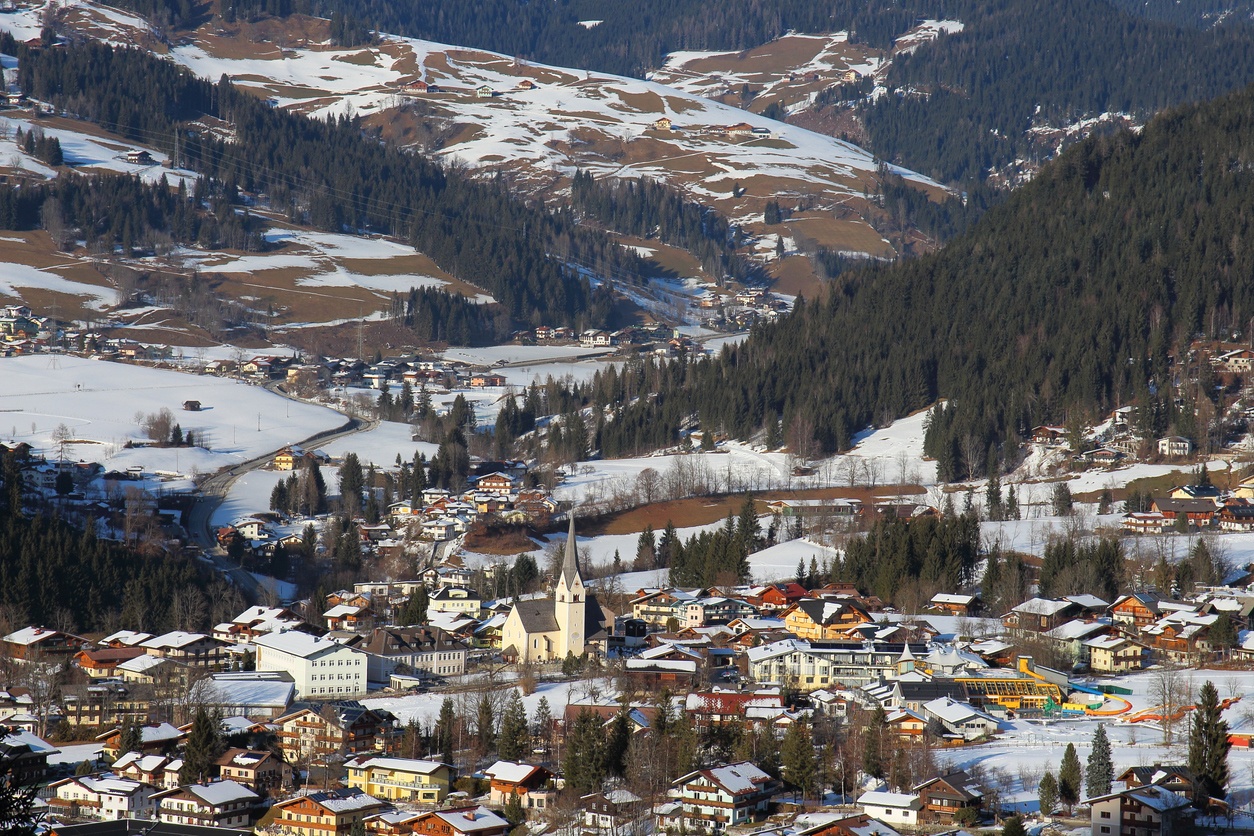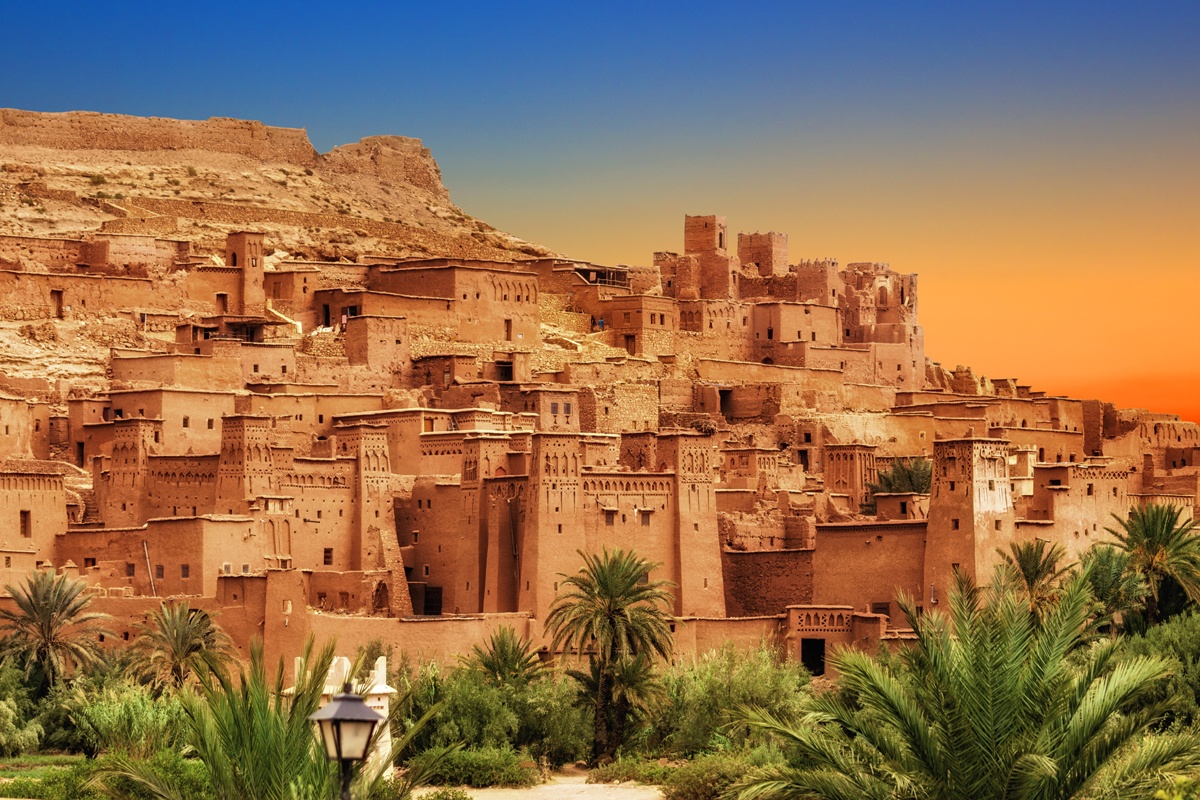
Ait Benhaddou (Morocco)
Ait Benhaddou is a kasbah, a fortified village of Berber origin, located in southern Morocco. It is built of adobe and stone, and is several stories high. It was declared a World Heritage Site by UNESCO in 1987. Ait Benhaddou is located about 190 kilometers from Marrakech, on the route of the caravans that linked the Sahara desert with the imperial city. It is an example of the traditional architecture of the area, with defensive towers, ramparts and buildings decorated with geometric motifs. Ait Benhaddou has been the scene of numerous films and series, such as Lawrence of Arabia, Gladiator or Game of Thrones. To visit Ait Benhaddou is to travel back in time and discover the culture and history of the desert peoples.
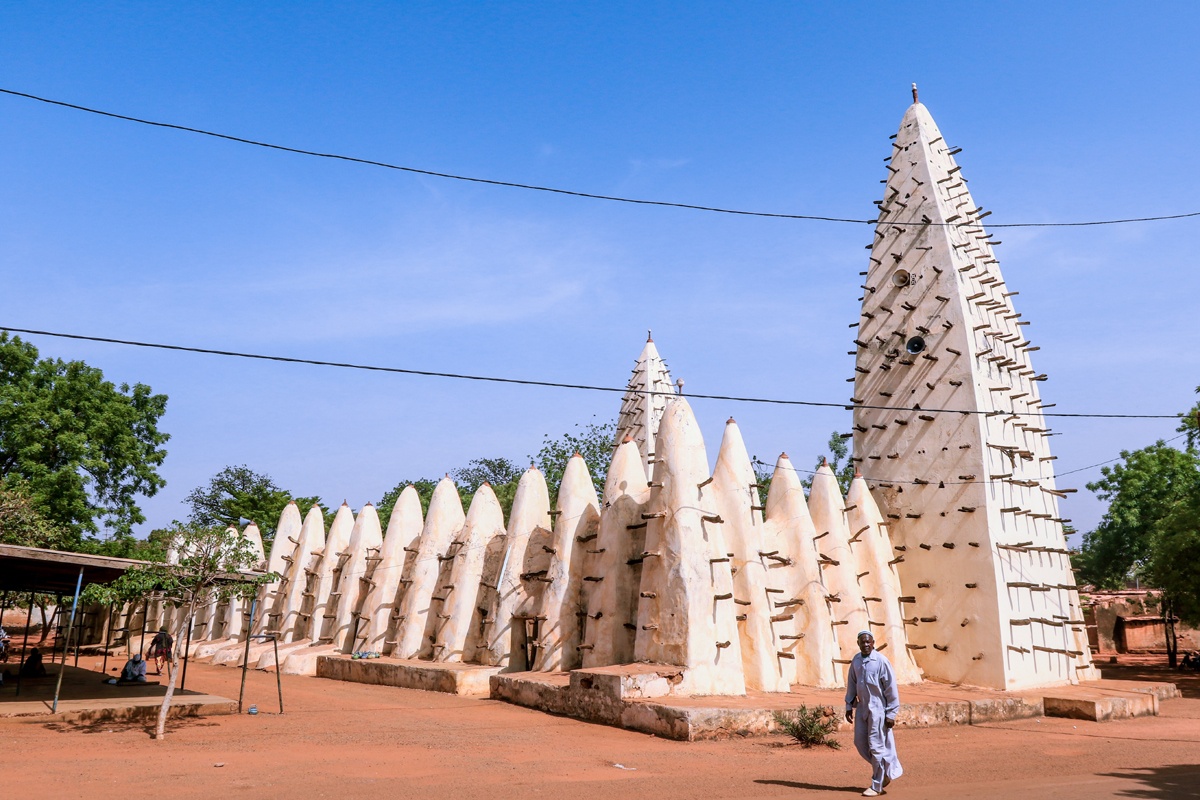
Old Mosque of Bobo-Dioulasso (Burkina Faso)
The Old Mosque of Bobo-Dioulasso is a historical and religious monument of Burkina Faso. It is located in the second largest city of the country, in the Hauts-Bassins region. It was built between 1880 and 1893 with adobe, following the Sudanese style of Islamic architecture. It has two towers or minarets and a large inner courtyard. It is a place of worship for Muslims and a tourist attraction for visitors. The mosque is also a symbol of the coexistence between the Bobo and Dioula ethnic groups.
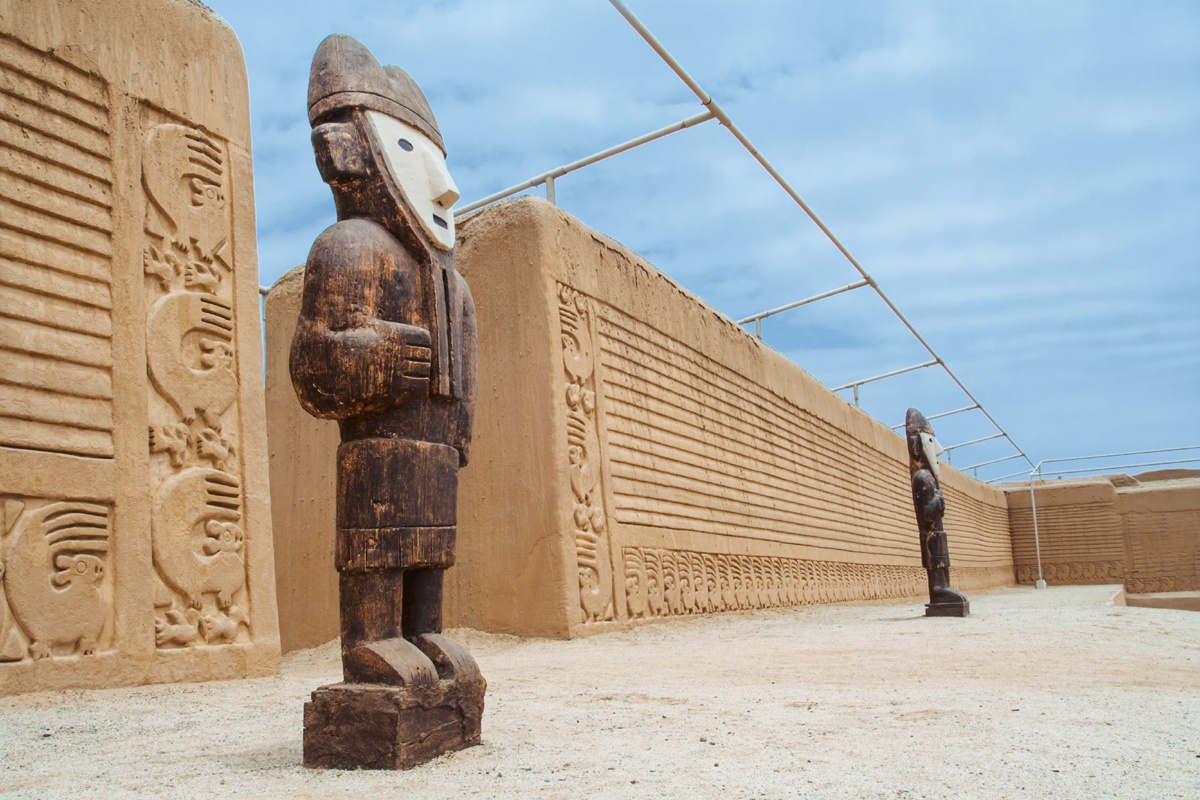
Chan Chan (Peru)
Chan Chan is an ancient adobe city built by the Chimúes on the northern coast of Peru. It was the capital of the Chimor kingdom, which dominated the region before the Inca conquest. Chan Chan means «Shining Sun» in Quingnam, the language of the Chimu. The city is made up of nine walled citadels, where there are palaces, temples, plazas and warehouses. Chan Chan is an example of pre-Columbian architecture and urban planning, with bas-reliefs and decorations that show the skill of the Chimu. It was declared a World Heritage Site by UNESCO in 1986.
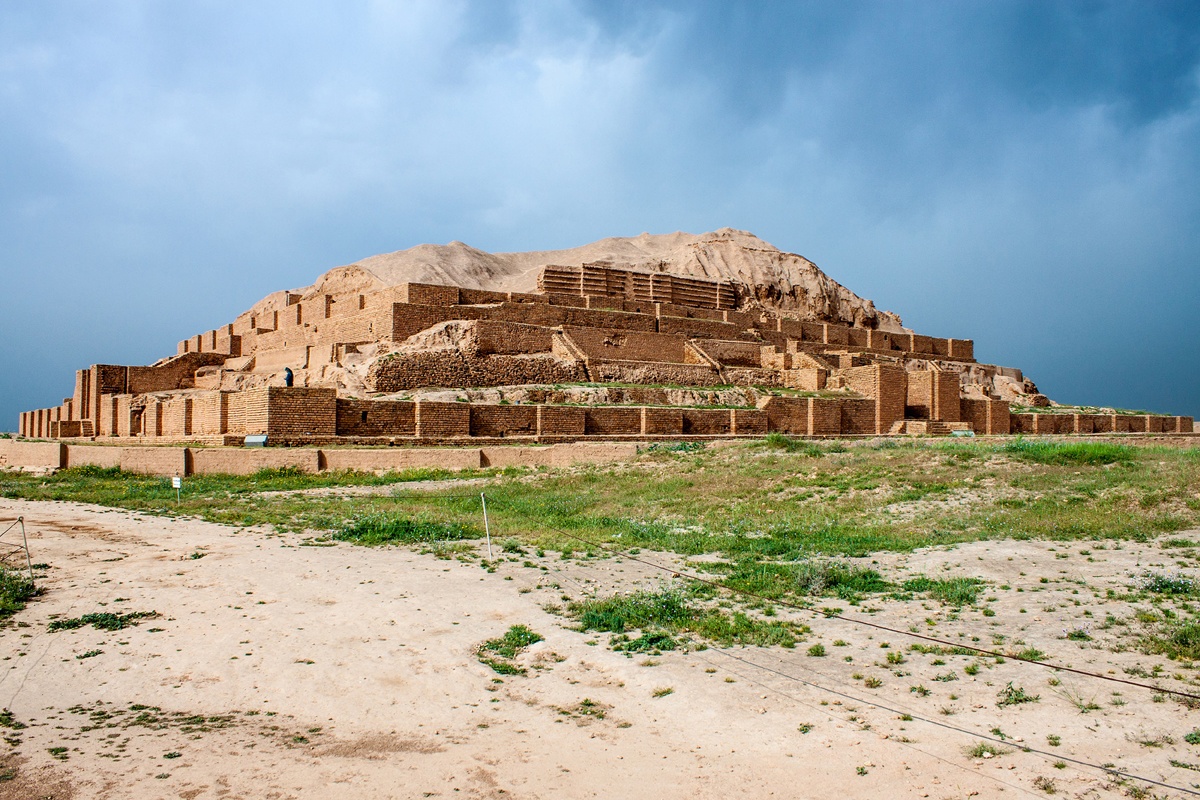
Chogha Zanbil (Iran)
Chogha Zanbil is an archaeological complex located in southwestern Iran. It is the only surviving ziggurat in Iran and one of the few that exist outside Mesopotamia. It was built by the Elamite king Untash-Napirisha in the 13th century BC as a religious center dedicated to the god Inshushinak, protector of Susa. The ziggurat has a stepped pyramid shape and is made of terracotta bricks. It has five floors and an original height of 52 meters, although today only two and a half floors and 25 meters are preserved. The ziggurat is surrounded by three concentric walls that house temples, palaces, tombs and a sewage system. Chogha Zanbil was declared a UNESCO World Heritage Site in 1979.
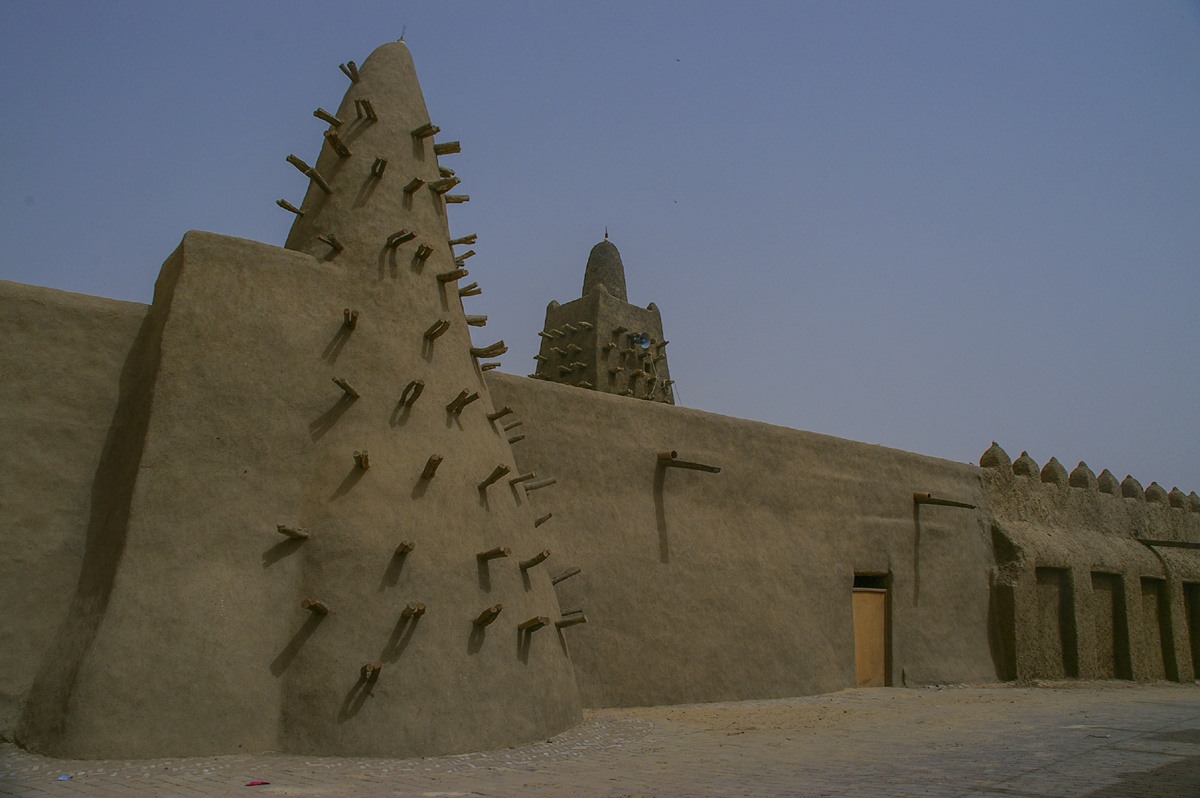
Djinguereber Mosque (Mali)
The Djingareyber Mosque is one of the three madrassas that form the University of Sankore in Timbuktu, Mali. It was built in 1327 by the Grenadian architect Abu Haq Es Saheli, who received 200 kg of gold for his work. It is an example of Sudanese-style Islamic architecture, made of earth, straw and wood. It has two minarets and a large inner courtyard. It is a sacred place for Muslims and a World Heritage Site since 1988.
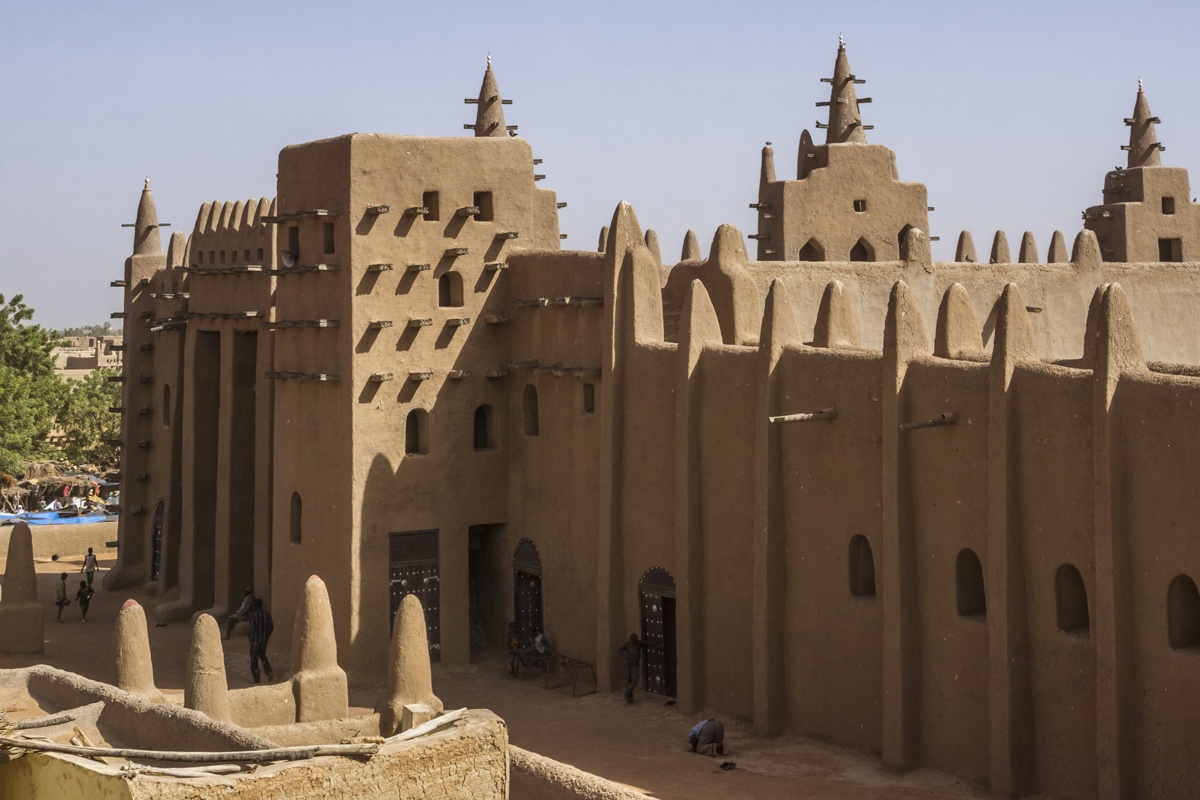
Great Mosque of Djenné (Mali)
The Great Mosque of Djenné is a masterpiece of adobe architecture, located in the city of Djenné, Mali. It was built between the 13th and 14th centuries by the sultans who converted to Islam. It has an area of 75 x 75 meters and a height of 16 meters. Its facade is decorated with towers, battlements and clay pillars. The mosque is the religious and social center of the city, and every year a festival is held to repair its walls with fresh mud. The mosque has been a UNESCO World Heritage Site since 1988.
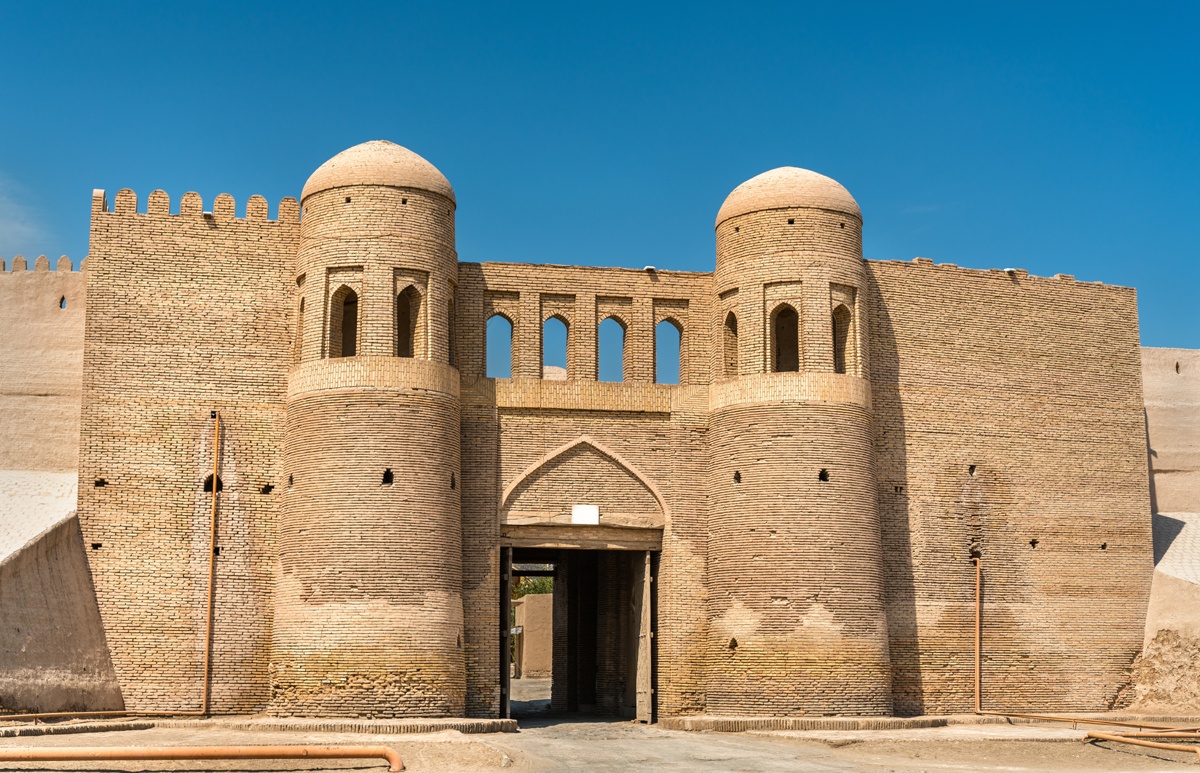
Khiva Wall (Uzbekistan)
The Khiva Wall is an impressive adobe fortification surrounding the old town of Khiva, a historic city in Uzbekistan. The wall is about 10 meters high and 6 meters thick, and has four gates facing the cardinal directions. The wall was built in the 18th century to protect the city from attacks by nomads and Persians. Inside the wall is the district of Ichan Qala, declared a UNESCO World Heritage Site in 1990. Here you can admire numerous ancient buildings, such as the Kalta Minor minaret, the Tosh Hovli palace or the Pahlavon Mahmud mausoleum.
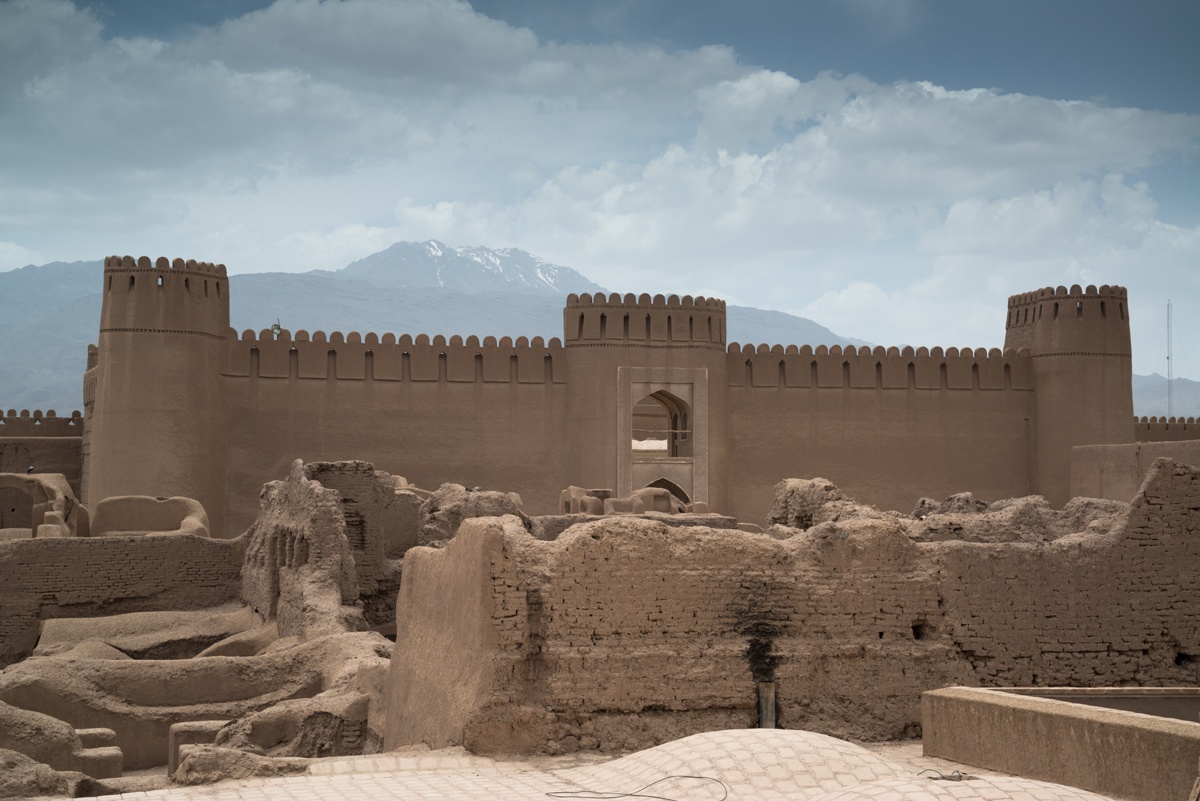
Arg-é Bam (Iran)
Arg-é Bam is an ancient mud citadel located in Bam, a city in southern Iran. It is the largest building in the world made with this technique, which combines adobe and rammed earth. It was founded before 500 BC and was the capital of the region during the Sassanid Empire and the Bami kingdom. Arg-é Bam means «Citadel of Bam» in Persian. The citadel has a star shape and is surrounded by a 6 km long wall. Inside are palaces, temples, mosques and houses. Arg-é Bam was declared a Unesco World Heritage Site in 2004, but in the same year it suffered an earthquake that almost completely destroyed it. Since then, efforts have been made to rebuild it.
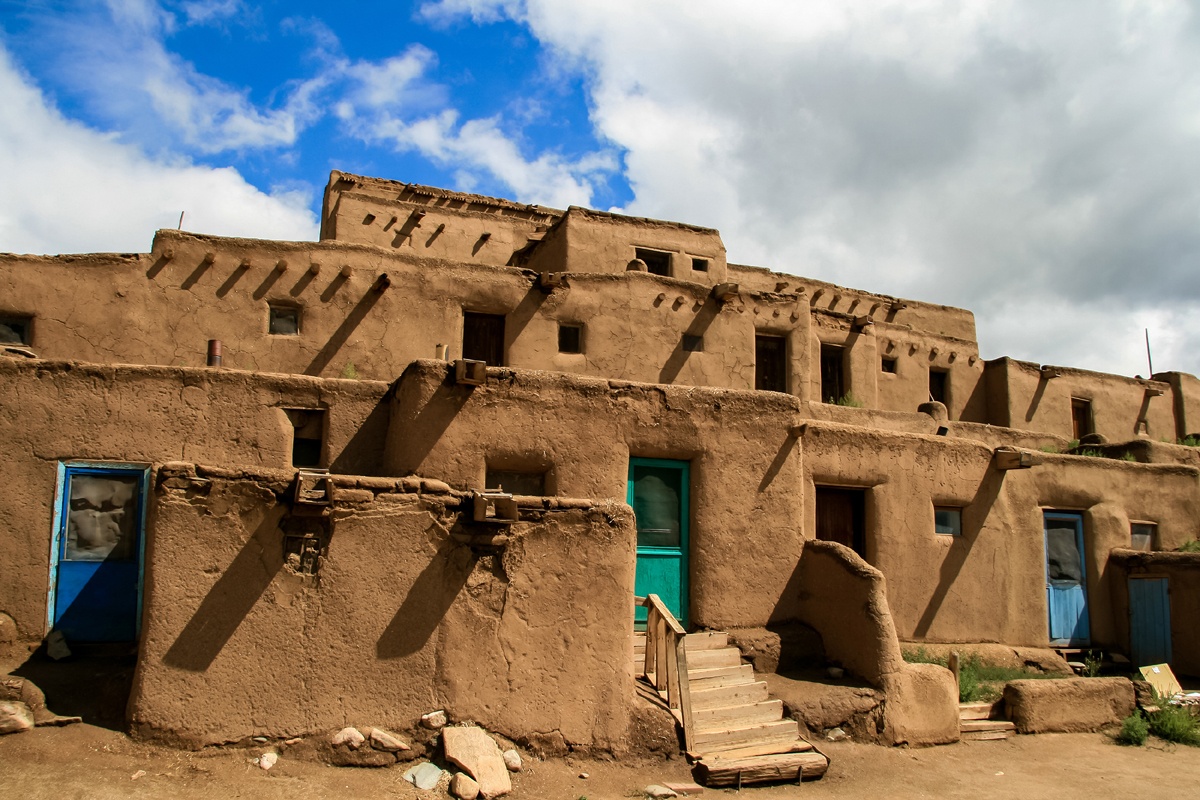
Taos Pueblo (United States)
Taos Pueblo is an indigenous community in the United States, located in the state of New Mexico. It is one of the oldest and most continuous human settlements in the country, inhabited for more than a millennium by the Taos Pueblo tribe. Its houses and buildings are constructed of adobe and are several stories high. Taos Pueblo is a sacred place for its inhabitants, who preserve their traditions and language. It was declared a World Heritage Site by UNESCO in 1992. Taos Pueblo is surrounded by a desert and mountainous landscape, which offers opportunities for hiking, skiing and other outdoor activities. Taos Pueblo is also part of an artistic colony that has developed in the city of Taos since the 20th century, attracting painters, sculptors, photographers and other creators.
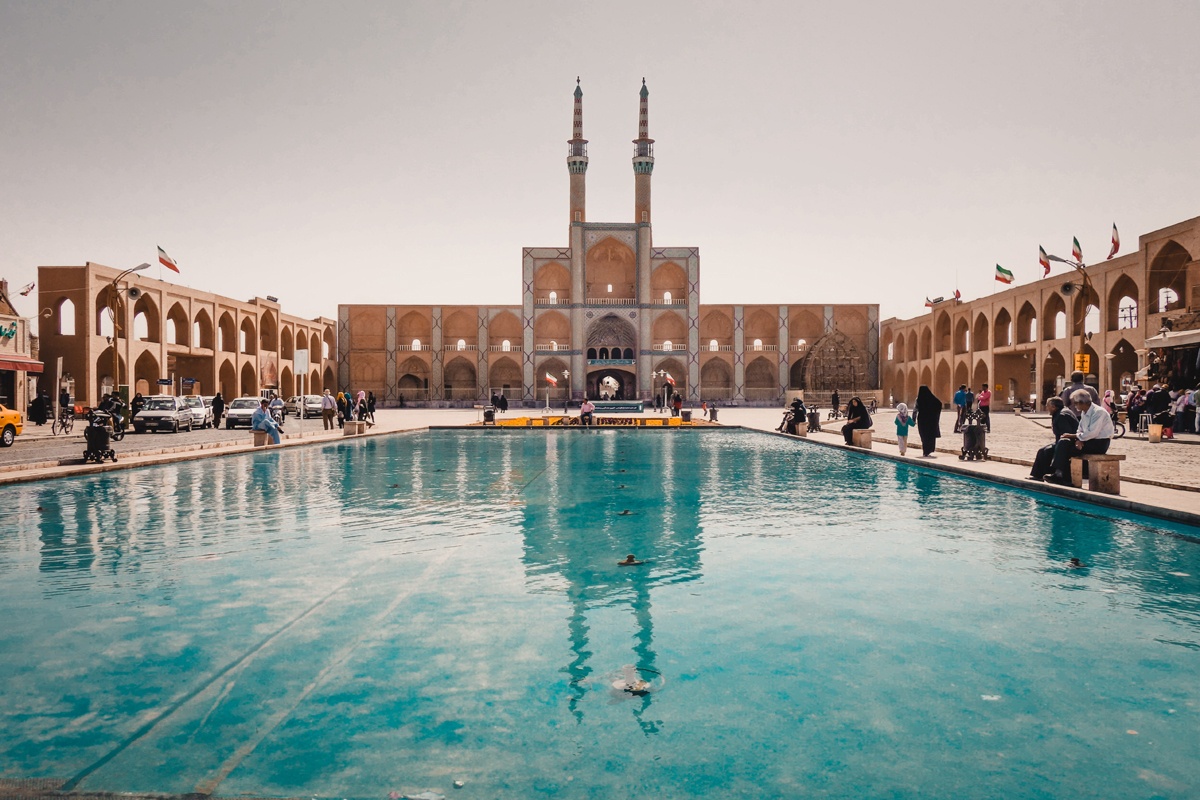
Yazd (Iran)
Yazd is an ancient city in Iran, located in an oasis between two deserts. It is the capital of Yazd province and a center of Zoroastrian culture and religion. Its adobe architecture, with wind towers and qanats, is unique and a world heritage site since 2017. Yazd was an important stop on the Silk Road and a haven for intellectuals and artists fleeing the Mongol invasions. Among its attractions are the Djingareyber mosque, the Zoroastrian fire temple and the towers of silence.






